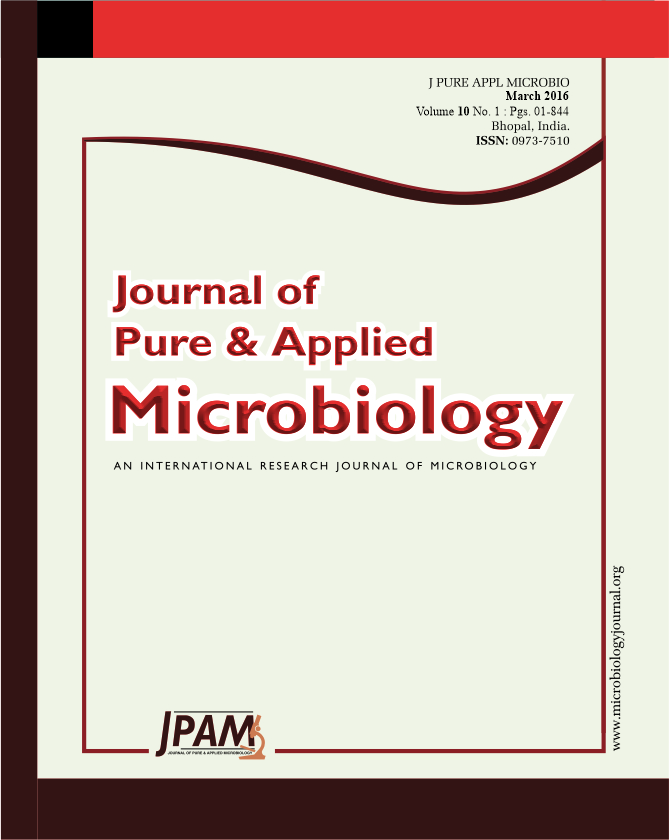Variability among 44 isolates of Fusarium spp. the Chilli wilt pathogen, collected from different locations of south India was studied in respect of Cultural and morphological and pathogenic variability. The colony diameter ranged from 60 mm to 90 mm after 8 days of inoculation incubated at 27±1°C. The colony colour varied from white, cream and violet with yellow coloured pigmentation on Potato dextrose agar. The growth on different solid media revealed that the best media was Potato dextrose agar (90 mm) with abundant sporulation followed by oat meal agar and V-8 juice agar. The colour of the colony also varied from white, cottony, cream and greyish in different media. As for the pathogenic variability is concerned the isolates showed variations in causing disease in different varieties of chilli and these isolates were clustered into three groups based the disease reaction.
Cultural, Morphological, Pathogenic variability, Chilli wilt, Fusarium spp.
© The Author(s) 2016. Open Access. This article is distributed under the terms of the Creative Commons Attribution 4.0 International License which permits unrestricted use, sharing, distribution, and reproduction in any medium, provided you give appropriate credit to the original author(s) and the source, provide a link to the Creative Commons license, and indicate if changes were made.


